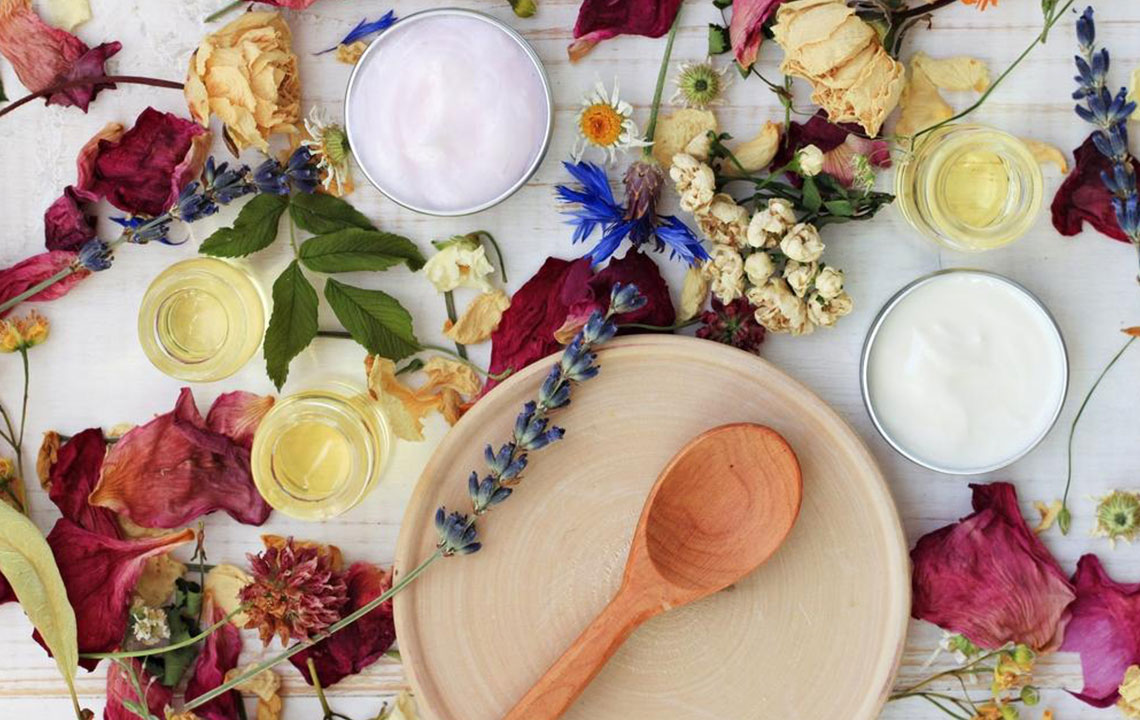Herbal Treatments For Prostate Enlargement That You Can Try Today

The prostate is a small organ that wraps around the urethra in males. Prostate problems are fairly common in men, especially when they get older.
The most common prostate issue in men is a prostate enlargement. This is called benign prostate enlargement or benign prostatic hyperplasia.
The primary function of the prostate is to add fluid to semen to help in the mobility of sperm. Although the gland starts out small, as men get older there can be an increase in the number of cells in the gland which causes the prostate enlargement. This enlargement is often non-cancerous which is why it is said to be benign.
Benign prostatic hyperplasia is not a life-threatening condition and can be managed efficiently. Lifestyle changes, medications, and herbal treatments for prostate enlargement are all useful in controlling this condition.
Symptoms Of Prostate Enlargement
The prostate gland is located behind the urethra just below the bladder. Any enlargement of the prostate will constrict the urethra. This will manifest as urinary symptoms.
Common symptoms of prostate enlargement are:
- Frequent urge to urinate
- Difficulty initiating urination
- Incomplete voiding of the bladder
- Weak flow of urine
- Urinary incontinence (involuntary leakage of urine)
- Intermittency of urine flow (starting and stopping of the urine flow)
Benign prostate enlargement is a progressive condition and will worsen over time. Effective management, including herbal treatments for prostate enlargement as well as medications, is necessary to prevent further complications.
Treatment Options: Medical And Herbal Treatments For Prostate Issues
Treatment involves a combination of medication, lifestyle changes, and herbal treatments for prostate enlargement. Herbal treatments for prostate issues is an excellent way to supplement the effectiveness of medicines.
Medications
The most commonly prescribed medications for this condition are alpha blockers and 5alpha-reductase inhibitors.
Alpha blockers cause relaxation of the smooth muscles of the prostate and bladder neck which eases the flow of urine. Common alpha blockers are tamsulosin and alfuzosin.
5alpha-reductase inhibitors block the production of testosterone which has been linked to prostate enlargement.
Common side effects are hypotension, erectile dysfunction, headaches, decreased libido, etc.
Herbal Treatments For Prostate Enlargements
Herbal treatments for prostate enlargement is a good option for mild cases as well as being used in conjunction with other treatment options.
Herbal treatments for prostate conditions include:
Pumpkin seeds
Pumpkin seeds contain a compound called phytosterols that are beneficial to prostate health.
Watermelon tea
Watermelon tea can be made from boiling watermelon seeds in water.
Cornsilk
Corn silk is a natural diuretic (promotes urination) and helps to relax the muscles of the urethra and bladder which can improve the flow of urine. Just pull the silk from fresh ears of corn and boil in water, then strain and drink the decoction.
Apple cider vinegar
Apple cider vinegar is an astringent that helps to shrink the prostate gland and is a straightforward type of herbal treatments for prostate enlargement. It also prevents secondary infections. You can drink a few tablespoons of pure apple cider vinegar or mix it with honey.
Tomatoes
Tomatoes are a rich source of lycopene which eases the symptoms of prostate enlargement. It also reduces bladder pressure.
Stinging nettle
Stinging nettle is a herb that helps to shrink prostatic tissue and is a natural diuretic. Stinging nettle can be consumed in capsule form.
Saw Palmetto
Saw Palmetto is obtained from palm trees. Saw Palmetto has been used in traditional schools of medicine to treat urinary problems for centuries, and it helps to control the urinary symptoms of prostate enlargement.
Rye Grass Pollen
Ryegrass pollen extract is taken as supplements as an herbal treatment for prostate enlargement. It is made from the pollen extracts of three different types of grass—rye, Timothy, and corn. Ryegrass pollen extract helps to decrease the urinary frequency and maintain incomplete voiding of the bladder.
Pygeum
Pygeum is a natural extract from the African plum tree. Pygeum is an ancient treatment for urinary frequency and urgency. Capsules of Pygeum extract can be taken along with other herbal treatment for prostate enlargement.
Epsom
Taking a bath in Epsom salt has been shown to reduce swelling and pain associated with prostate enlargement. Soak a ½ a cup of Epsom salts in a bathtub. First, lie in the warm water and then cold. Alternate this a few times.
Vitamin C
Make sure to include enough Vitamin C in your diet as this vitamin has been shown to reduce your risk of developing prostate complications.
Beta-Sitosterol
Beta-sitosterol is made by combining sterols found in various plants. It has been shown to improve urine flow and bladder function. Moreover, Beta-sitosterol is known to reduce the conversion of testosterone, which in turn reduces the proliferation of prostate cells. This prevents prostate enlargement.
Lifestyle Changes
Regular physical activity has been shown to be beneficial, especially kegel exercises which strengthen the pelvic floor muscles. It is also advisable to drink less alcohol and caffeine as well as limiting intake of artificial sweeteners.
It is recommended to avoid drinking fluids late in the evening. Other changes include eating less red meat, including more zinc in the diet, and eating more fiber.
Prostate enlargement is a common occurrence in middle-aged men. With a proper combination of medications and herbal treatment for prostate conditions., it is possible to manage the condition. Herbal treatments for prostate enlargement is excellent for mild to moderate cases.


